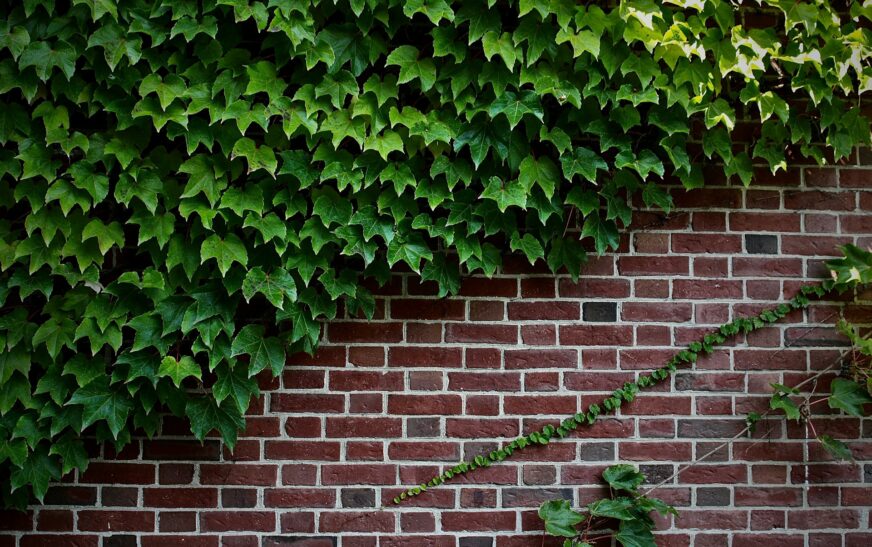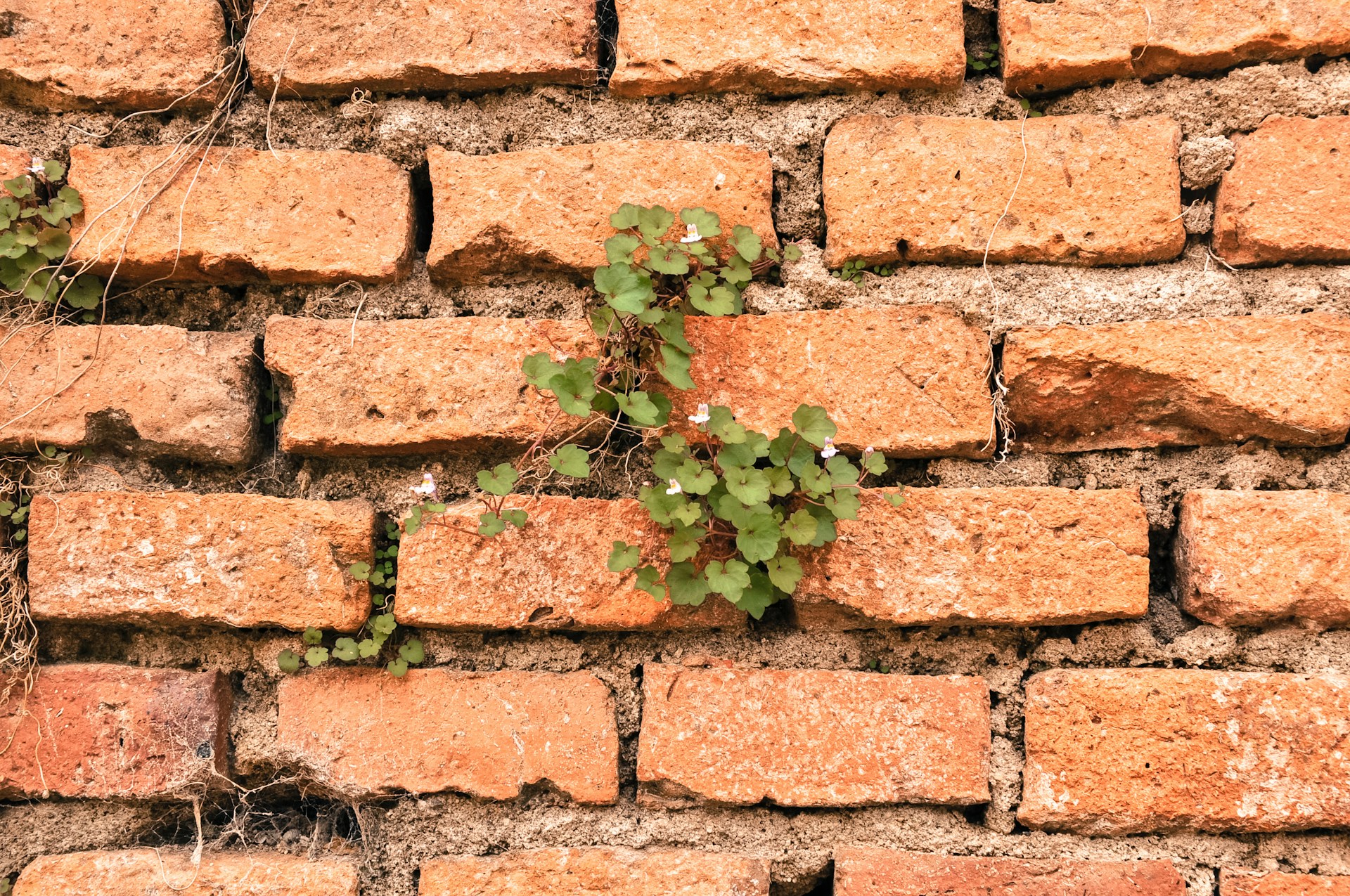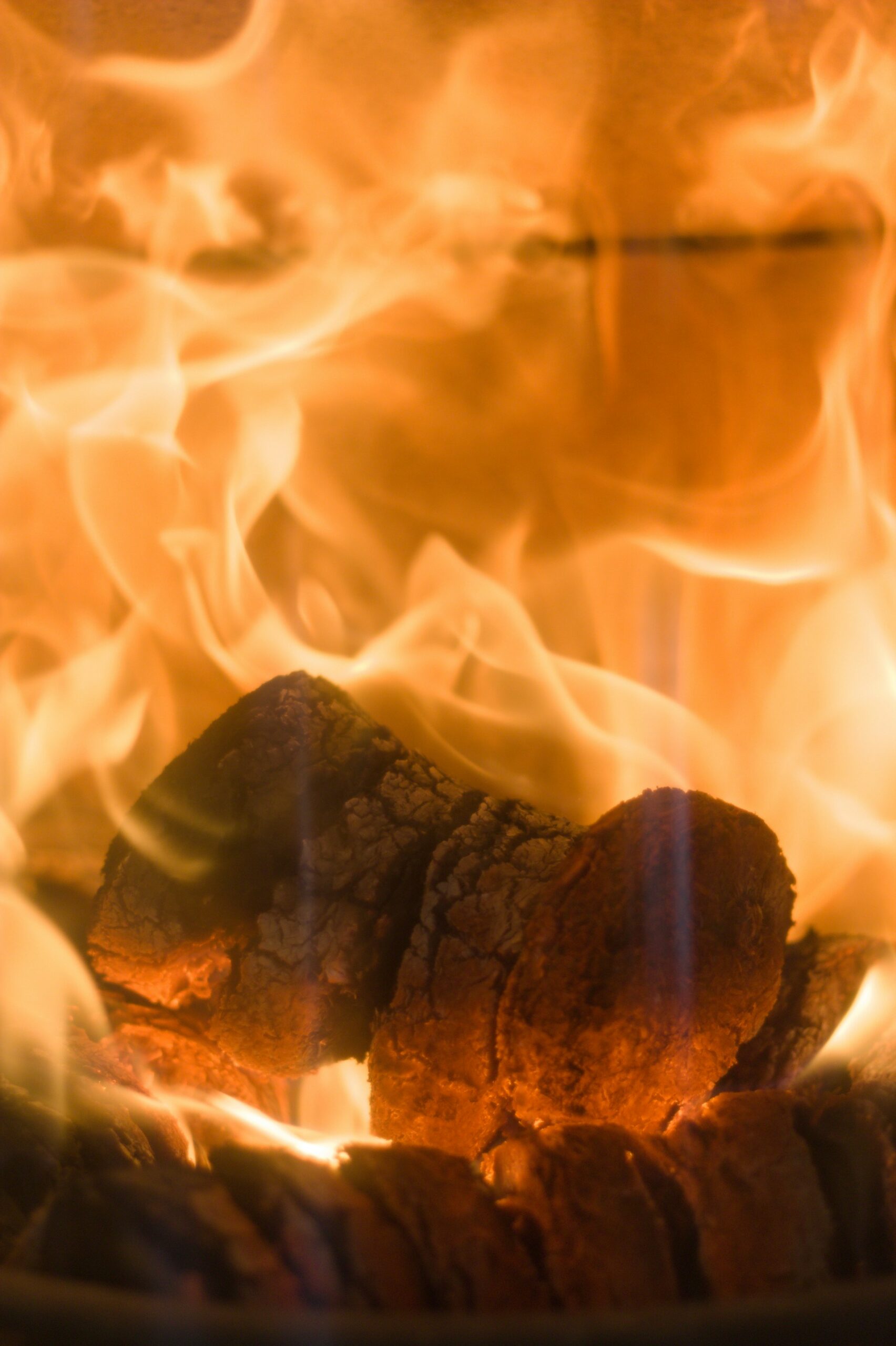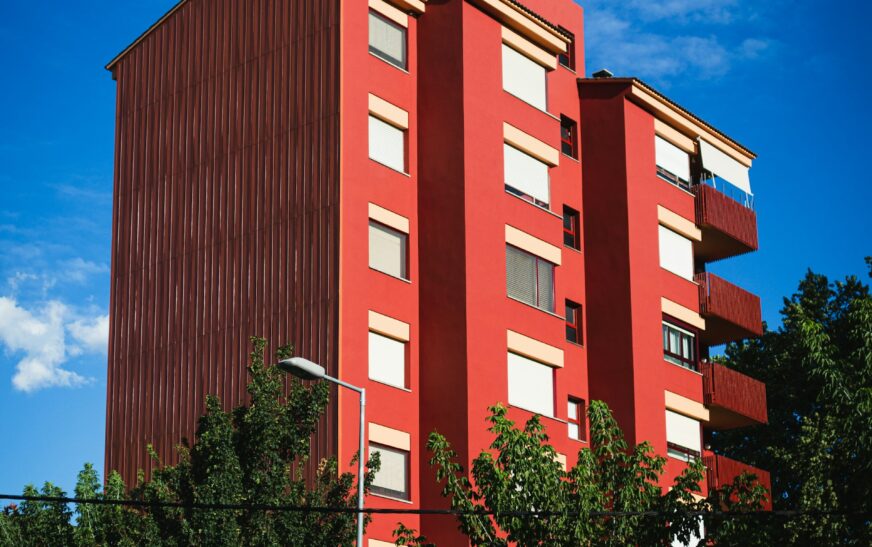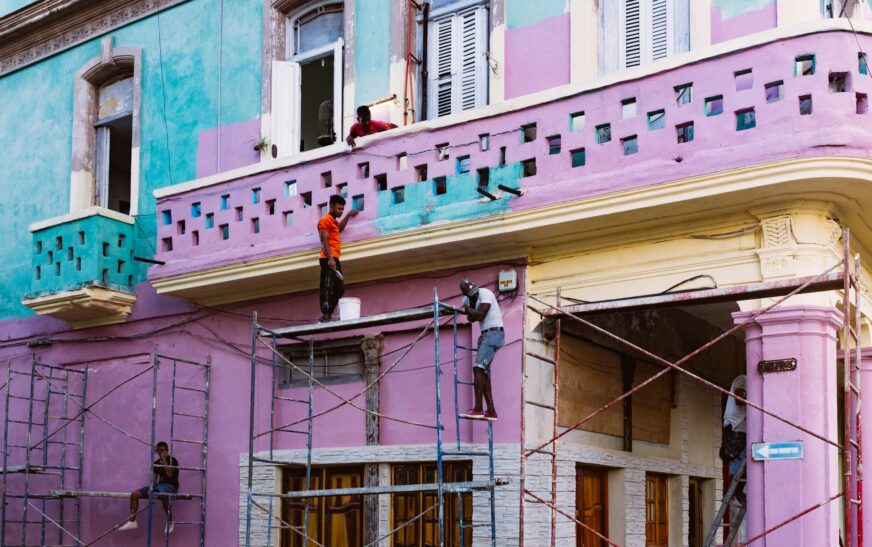Uncovering the Hidden Risks Behind a Popular Trend
At first glance, painting brick might seem like a creative, modern upgrade—a way to refresh tired exteriors or align an older home with contemporary aesthetics. But before you pick up that paintbrush, it’s worth pausing and asking: why shouldn’t you paint brick?
Why shouldn’t you paint brick?
Because while the change may look beautiful initially, the consequences often lie dormant—until it’s too late to reverse them.
1. Paint Traps Moisture—Brick Needs to Breathe
Brick is a porous material. It’s designed to absorb and release moisture, creating a natural equilibrium with its environment. When you paint over it, especially with non-breathable coatings, you essentially suffocate the surface.
This leads to a cascade of problems:
- Moisture gets trapped inside the brick.
- Over time, water freezes, expands, and causes the brick face to crack, flake, or spall.
- In extreme cases, this damages the structural integrity of the wall.
2. Maintenance Nightmare: It Never Ends
Brick is often praised for being low-maintenance and long-lasting. But once you paint it, you’ve committed to regular upkeep.
Paint doesn’t just stay pristine. It chips, peels, and fades—especially on rough surfaces exposed to harsh weather.
That means:
- Frequent repainting (every 5–7 years in many climates)
- Power washing
- Spot repairs for bubbling or peeling paint
What once required very little now demands continual attention and cost.
3. You Can’t Go Back: Painted Brick is Permanent
There’s a common misconception that you can simply “strip” the paint if you change your mind. Unfortunately, that’s rarely successful.
Brick is too porous. Once paint soaks in:
- Stripping it can cause surface damage
- You risk uneven color blotches and permanent stains
- Original texture is altered, sometimes destroyed
Painting brick is a one-way street. The character of natural brick is gone—forever.
4. Loss of Historical and Architectural Value
For older or historic homes, unpainted brick is often a defining element. Painting over it can:
- Decrease resale value
- Disqualify properties from historic preservation grants
- Trigger fines from certain heritage commissions
What seems like a cosmetic update can result in aesthetic and financial penalties.
5. It May Void Warranties or Violate HOA Rules
Many homeowners associations (HOAs) and builders explicitly prohibit painting brick surfaces. Doing so could:
- Void warranties on your home’s exterior
- Lead to fines or mandated restoration
Always check with governing bodies before altering any brick surfaces—the cost of non-compliance can be steep.
Read More : What Paint Goes with Red Brick?
Final Thoughts: Let Brick Be Brick
In a world full of fleeting trends, natural brick stands the test of time. It doesn’t need embellishment—it needs protection.
So, if you’re asking yourself, “why shouldn’t you paint brick?”, the answer is clear: because what you gain in temporary aesthetics, you risk losing in durability, value, and peace of mind.

